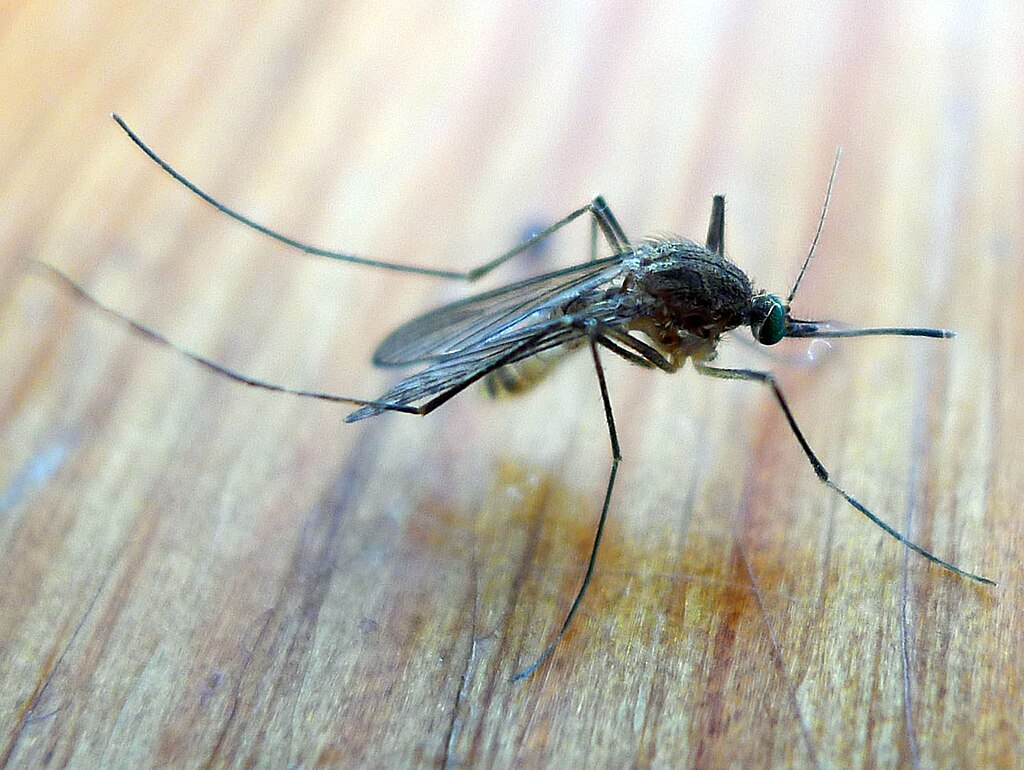That distinctive buzz near your ear on a summer evening isn’t just an annoying coincidence—it’s a deliberate and sophisticated biological interaction. When mosquitoes and other flying insects seem to target your personal space, particularly around your head and ears, they’re engaging in behaviors shaped by millions of years of evolution. These buzzing encounters represent complex interactions between human biology, insect sensory systems, and environmental factors. Understanding why insects buzz near our ears reveals fascinating insights about both their survival strategies and our own physiology, transforming an irritating experience into a window into the remarkable adaptations of the natural world.
The Science of the Buzz: How Insects Create That Distinctive Sound

The buzzing sound that makes us swat frantically at our ears isn’t created intentionally by insects as a form of communication with humans. Rather, it’s the byproduct of their wing movements, which can beat at astonishingly rapid rates. Mosquitoes, for example, flap their wings between 300 to 600 times per second, creating sound waves that our ears perceive as that characteristic high-pitched whine. Different species produce distinct frequencies—female Aedes aegypti mosquitoes typically buzz at around 450-500 Hz, while males produce a higher pitch closer to 600 Hz. This variation in frequency isn’t random but serves specific biological purposes related to mate selection and species recognition. The sound we find so irritating is actually an essential component of insect communication and navigation systems.
Carbon Dioxide: Your Breath as a Beacon

When we exhale, we release a cloud of carbon dioxide that acts like a homing signal for hungry mosquitoes and many other biting insects. Our breath creates a CO₂ plume that can be detected by specialized receptors on insect antennae from distances of up to 50 meters away. This attraction to CO₂ makes evolutionary sense, as it reliably indicates the presence of a breathing vertebrate host. The concentration of CO₂ is naturally highest near our head region, which partially explains why insects often buzz around our ears and face. Research has shown that mosquitoes can detect even slight increases in CO₂ concentration—as little as 0.01% above ambient levels—making our every breath a potential invitation. This sensitivity to our exhalations explains why holding your breath momentarily sometimes seems to make hovering mosquitoes temporarily lose interest.
Thermal Attraction: Your Body Heat as a Target
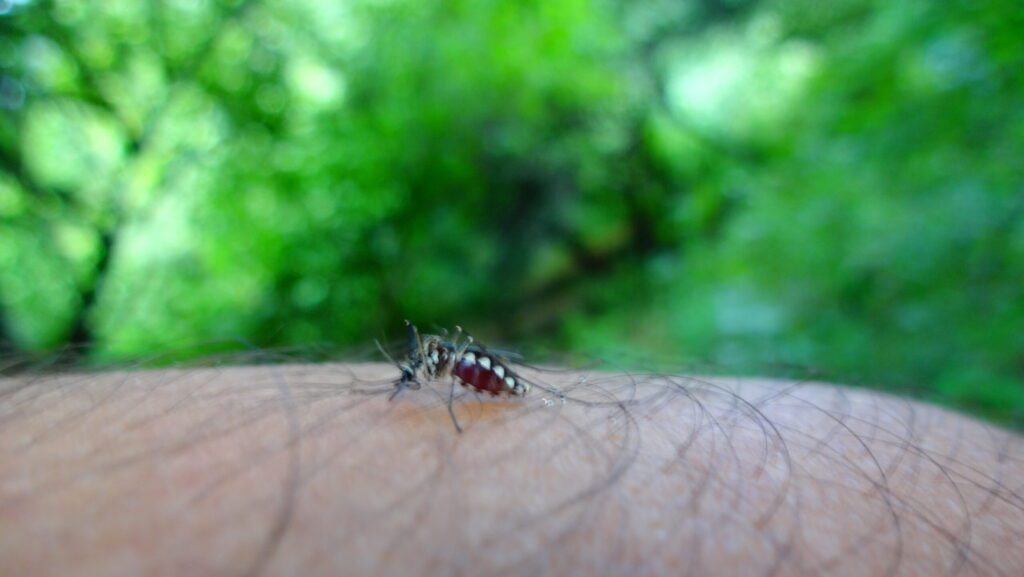
Beyond carbon dioxide, insects are drawn to the thermal signatures our bodies produce. Human skin typically maintains a surface temperature of approximately 91°F (33°C), creating a heat gradient that blood-seeking insects can detect from several feet away. This thermal detection becomes even more important as insects get closer to their potential host. Interestingly, areas with thinner skin and more blood vessels near the surface—including areas around the ears, wrists, and ankles—often emit slightly more heat than other body regions. Specialized heat-detecting organs called sensilla allow mosquitoes and other insects to create a thermal map of their surroundings, effectively turning our body heat into a target. Some mosquito species are so attuned to thermal cues that they can detect temperature differences as small as 0.5°C, making our warm bodies stand out dramatically against cooler backgrounds.
Chemical Attractants: Your Personal Scent Profile

Every human emits a unique cocktail of over 300 chemical compounds through their skin, creating an olfactory fingerprint that some insects find irresistible. These chemicals include lactic acid, ammonia, carboxylic acids, and various aldehydes produced through skin metabolism and by bacteria living on our skin. Research has demonstrated that certain individuals consistently attract more mosquitoes than others, with variations in body chemistry explaining why some people seem to be “mosquito magnets.” The concentration of these chemical attractants tends to be higher around the head region due to the presence of sebaceous glands and the warmth that accelerates the release of volatile compounds. Ears, with their unique shape and protected microclimate, can trap these chemical signals, creating a particularly attractive zone for curious insects.
The Acoustic Advantage: Why Your Ears Make Perfect Landing Zones
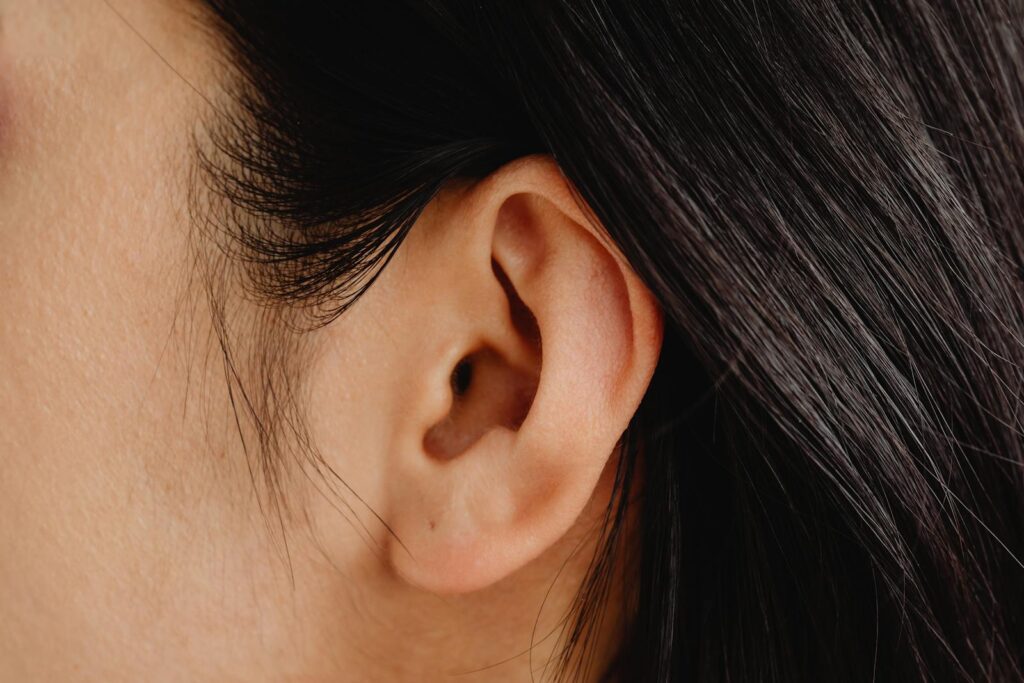
The human ear canal creates an acoustic environment that amplifies certain sound frequencies, particularly those in the range of many insects’ wing beats. This amplification can create a feedback mechanism where the insect’s own buzz becomes more audible to both the human and the insect itself. The ear’s shape also creates unique air currents and protected spaces that flying insects may find advantageous for navigation and landing. From an insect’s perspective, the convoluted structures of the outer ear provide numerous edges, crevices, and surfaces that offer stable landing platforms and protection from defensive swatting. Additionally, the ear canal maintains a relatively stable microclimate with slightly higher humidity than surrounding air, which can be attractive to insects that are sensitive to desiccation. These architectural features combine to make our ears surprisingly ideal target zones for flying insects.
Moisture Seeking: The Humidity Factor
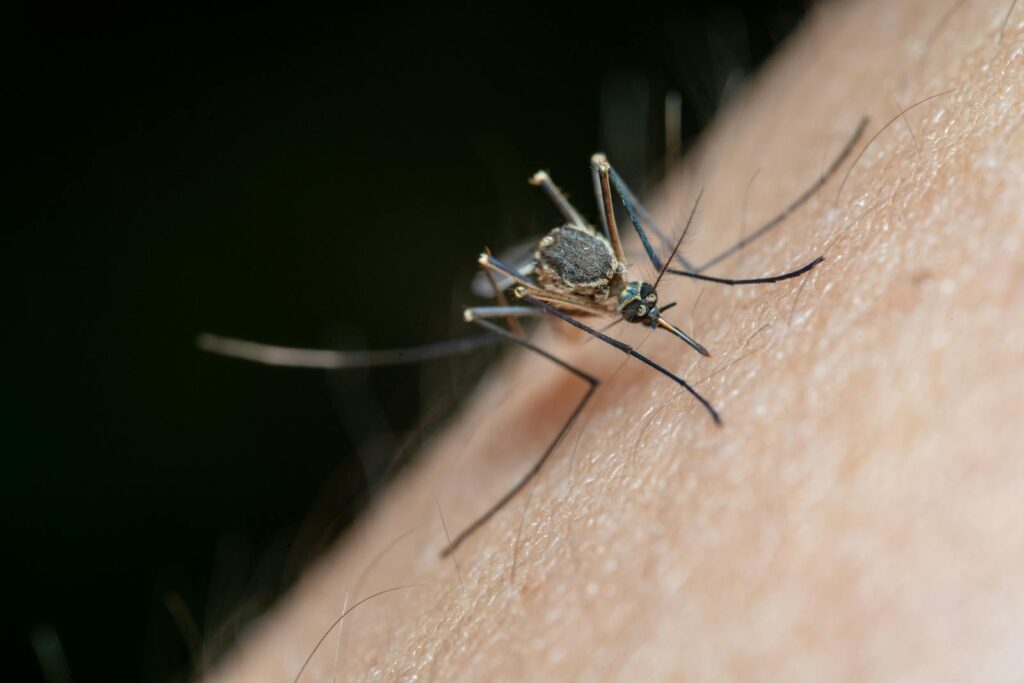
Many insects, particularly mosquitoes, are highly attuned to humidity levels as they search for suitable environments and hosts. Human skin naturally releases moisture through perspiration and transepidermal water loss, creating a microclimate of increased humidity that extends several inches from our body surface. Areas like the ears, nostrils, and mouth emit particularly high levels of moisture due to their connection to mucosal surfaces and their relatively protected positions. This elevated humidity serves as another attraction cue for moisture-seeking insects. Laboratory studies have confirmed that mosquitoes show strong preferences for environments with relative humidity between 70-80%, closely matching the humidity found near human skin surfaces. During dry conditions, this moisture gradient becomes even more pronounced, potentially making our ears even more attractive targets for thirsty insects.
Visual Targeting: How Insects See Us
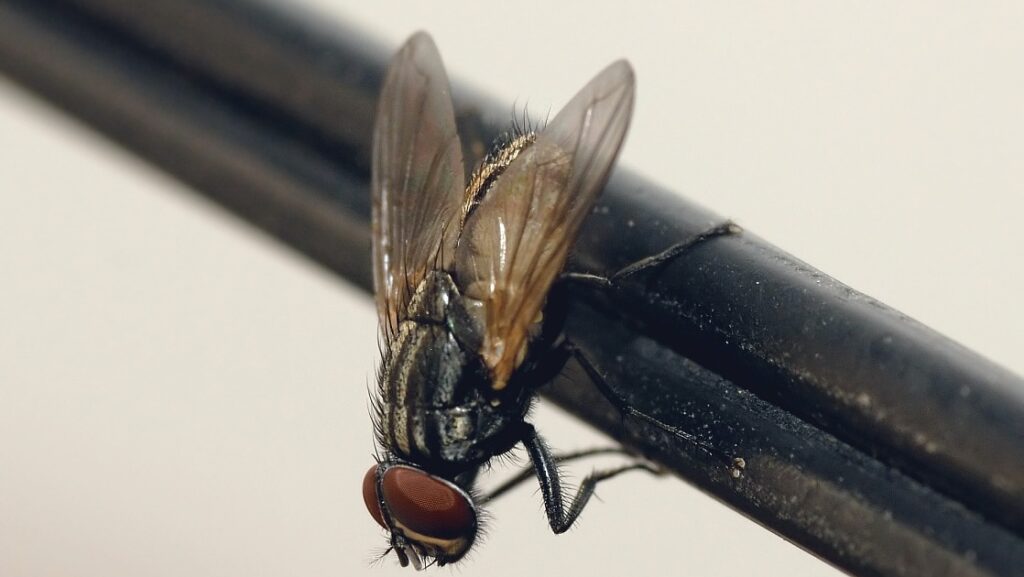
While chemical and thermal cues dominate long-distance attraction, visual cues become increasingly important as insects approach their human targets. Most biting insects have compound eyes that are highly efficient at detecting movement and contrasting shapes against backgrounds. The human head, as the highest point of our body and often moving independently through turning and tilting, creates a distinctive visual target for approaching insects. Research has demonstrated that mosquitoes and other flying insects show preferences for dark colors and moving objects, which may explain their apparent attraction to our head region. Additionally, some species are particularly drawn to the stark contrast created between our head’s silhouette and the sky or background, especially during dawn and dusk when many biting insects are most active.
The Psychological Impact: Why We Notice Ear-Buzzing More
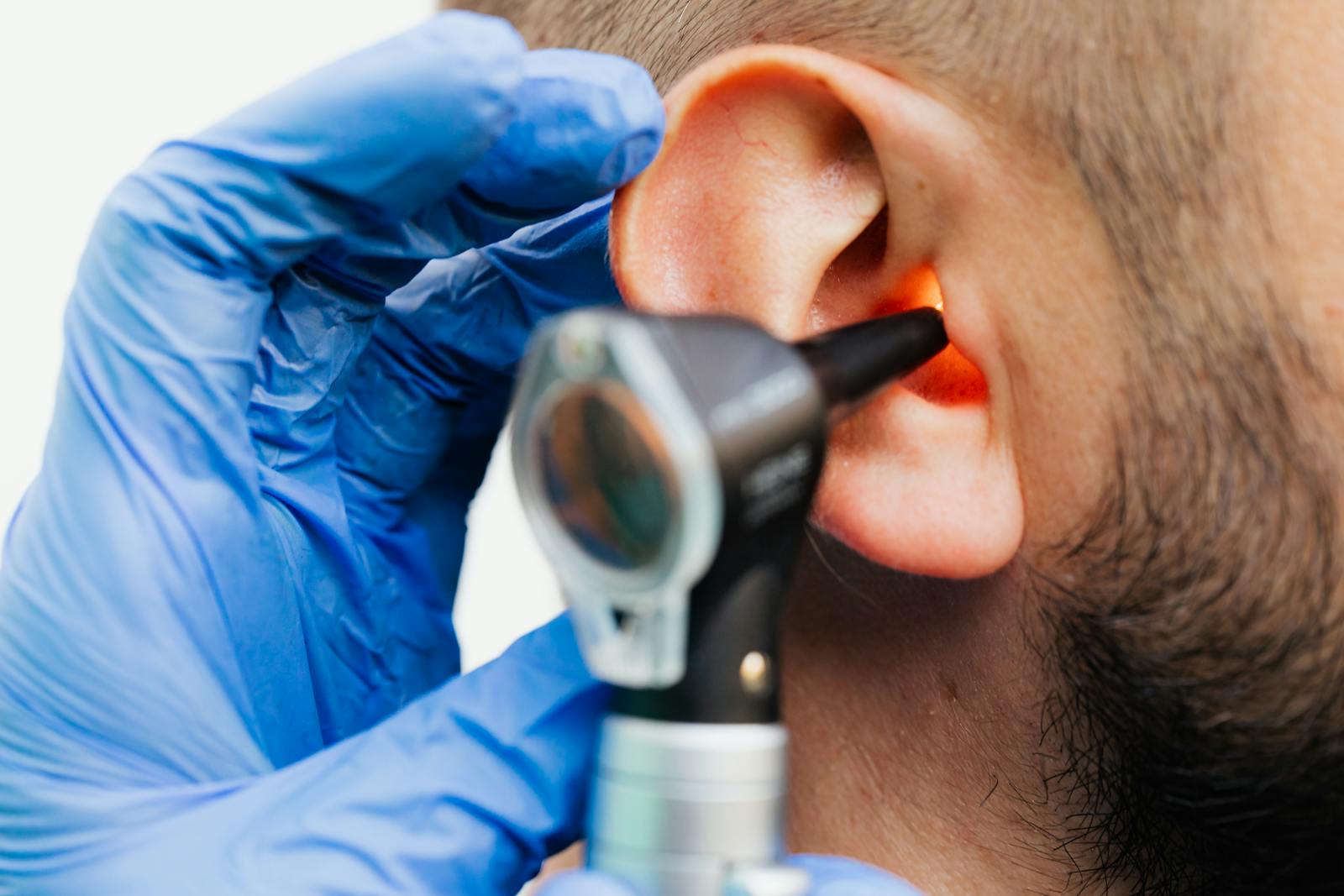
The sensation of an insect buzzing near our ear creates a disproportionate psychological reaction compared to the same insect flying near other body parts. This heightened awareness stems from several factors related to human perception and evolutionary psychology. Our ears are remarkably sensitive sound detectors, capable of distinguishing minute variations in volume and frequency, making even a small insect’s buzz seem amplified and intrusive. The evolutionary importance of protecting sensory organs like ears may also explain our instinctual aversion to objects approaching these vulnerable areas. Additionally, the unpredictability of the buzzing—moving in and out of our auditory field—triggers alertness responses in our brains that evolved to protect us from potential threats. These psychological factors don’t increase the actual frequency of insects targeting our ears, but they dramatically increase our awareness and emotional response when they do.
Species-Specific Behaviors: Not All Buzzers Are Equal
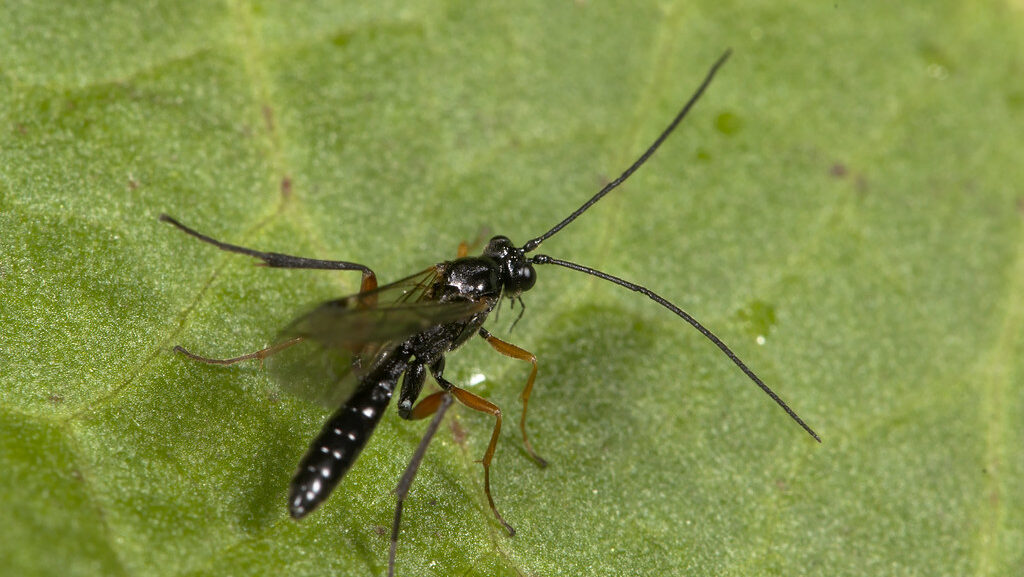
Different insect species exhibit distinct host-seeking behaviors that influence their likelihood of buzzing around our ears. Female mosquitoes, which require blood meals for egg production, are particularly notorious for their targeted approach to human hosts and their preference for exposed, thin-skinned areas. Male mosquitoes, by contrast, feed exclusively on plant nectar and generally show little interest in humans except when seeking females. Flies demonstrate different targeting strategies—house flies are attracted primarily to food sources and waste, while deer flies and horse flies actively pursue moving targets using primarily visual cues. Certain bees and wasps may buzz near our ears out of defensive curiosity rather than feeding interest, especially if their nests are nearby. Understanding these species-specific differences can help explain why certain insects seem particularly drawn to our head region while others rarely approach.
Defensive Strategies: Why Insects Stay Just Out of Reach

The seemingly deliberate way insects buzz near our ears without landing immediately isn’t coincidental but represents sophisticated defensive adaptations. Many biting insects have evolved behaviors that balance their need to approach hosts with the danger of being detected and swatted. This often manifests as a pattern of approach and retreat, creating that familiar experience of hearing buzzing that seems to dart away just as we swipe at it. Research on mosquito flight patterns reveals that they typically make several passes near potential feeding sites before committing to landing, using each approach to gather more sensory information about the host’s defenses and suitability. Some species even appear to learn from failed approach attempts, becoming more cautious after encountering defensive movements. This cautious approach-retreat pattern amplifies our perception that insects are deliberately teasing or tormenting us, when they’re actually engaged in risk assessment behaviors essential for their survival.
Circadian Rhythms: Timing Matters
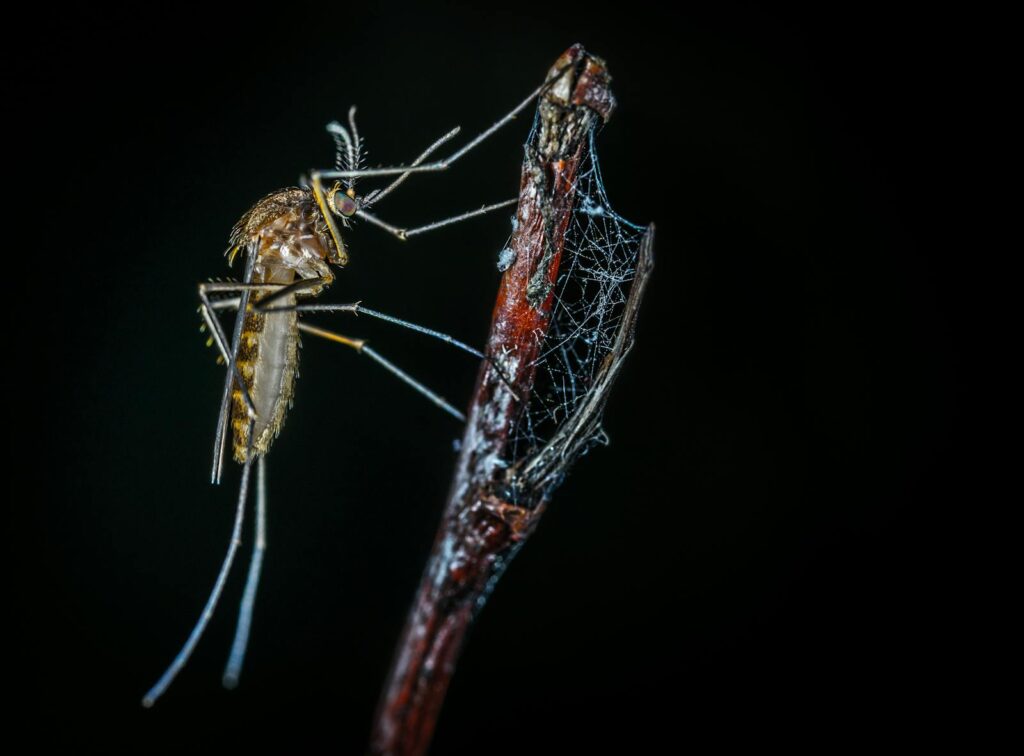
The likelihood of experiencing that annoying buzz near your ear varies significantly throughout the day due to the circadian rhythms that govern insect behavior. Many mosquito species, particularly those responsible for disease transmission like Anopheles (malaria vectors) and Culex (West Nile vectors), are crepuscular or nocturnal feeders, becoming most active during dusk, dawn, or nighttime hours. This timing coincides with periods when humans are often relaxing, sleeping, or less actively defensive. Other species, like the Aedes mosquitoes that transmit dengue and Zika viruses, show stronger daytime feeding patterns, particularly during early morning and late afternoon. These activity patterns have evolved to align with times when preferred hosts are available and environmental conditions (temperature, humidity, wind) are optimal for flight. Understanding these temporal patterns explains why ear-buzzing encounters seem more common during certain times of day and why evening outdoor activities often result in more insect attention.
Environmental Factors: Why Location Increases Buzzing Encounters

The environment in which we find ourselves dramatically influences the likelihood of experiencing insects buzzing around our ears. Proximity to standing water—even small amounts in flower pots, gutters, or birdbaths—can significantly increase local mosquito populations, as these sites provide essential breeding grounds. Areas with dense vegetation, particularly flowering plants, attract various insect species and provide resting sites between feeding attempts. Carbon dioxide tends to concentrate in enclosed or sheltered spaces with limited air movement, creating zones where our breath’s attractive power is maximized. Evening activities near outdoor lighting paradoxically increase insect encounters, as many flying insects are drawn to illumination but then become attracted to the humans gathered in the same lighted areas. Even regional and seasonal factors play important roles—coastal regions, tropical environments, and summer months typically present the perfect combination of warmth, moisture, and abundant insect populations that make ear-buzzing encounters nearly inevitable.
Practical Prevention: Science-Based Ways to Reduce the Buzz

Understanding the biological reasons behind insects buzzing near our ears enables more effective prevention strategies beyond random swatting. DEET, picaridin, and other EPA-registered repellents work by interfering with insects’ ability to detect the chemical attractants on our skin, creating an olfactory “invisibility cloak” that can reduce mosquito landings by over 95% when properly applied. Fans and moving air can disrupt the CO₂ plumes we emit, making it significantly harder for insects to track us through our exhalations. Wearing light-colored, loose-fitting clothing provides less visual contrast and traps fewer body odors, making us less obvious targets. Timing outdoor activities to avoid peak insect activity periods (typically dawn and dusk) can dramatically reduce encounters. For sleeping environments, bed nets treated with permethrin provide physical barriers while emitting repellent compounds. These evidence-based approaches directly address the sensory mechanisms insects use to find their way to our ears, offering more reliable protection than unproven folk remedies.
Conclusion
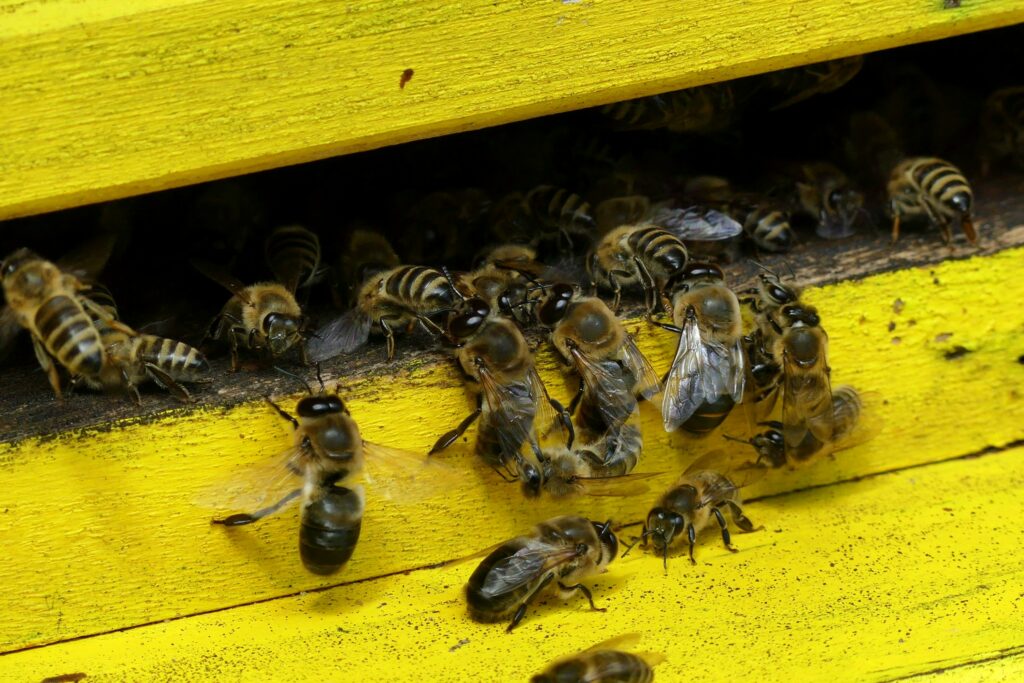
Next time you hear that familiar buzz circling your ear, remember it’s not random harassment but the result of sophisticated sensory systems that have evolved over millions of years. The insect circling your head is responding to the carbon dioxide in your breath, the unique chemical signature of your skin, the warmth you radiate, and the visual target you present. This knowledge transforms an irritating encounter into a remarkable example of evolutionary biology in action—though understanding the science might not make the experience any less annoying. By recognizing the complex factors that attract insects to our ears, we gain not just fascinating insights into insect behavior but also more effective strategies to prevent these close encounters when they’re unwelcome.

